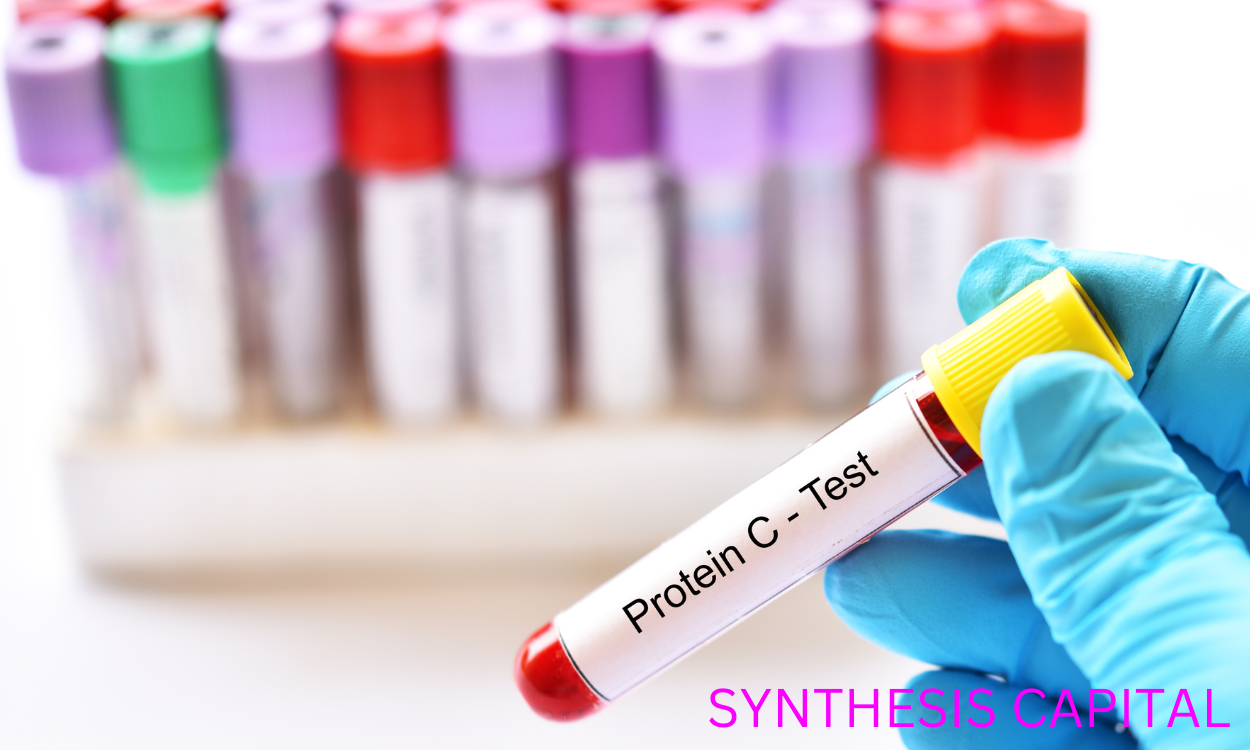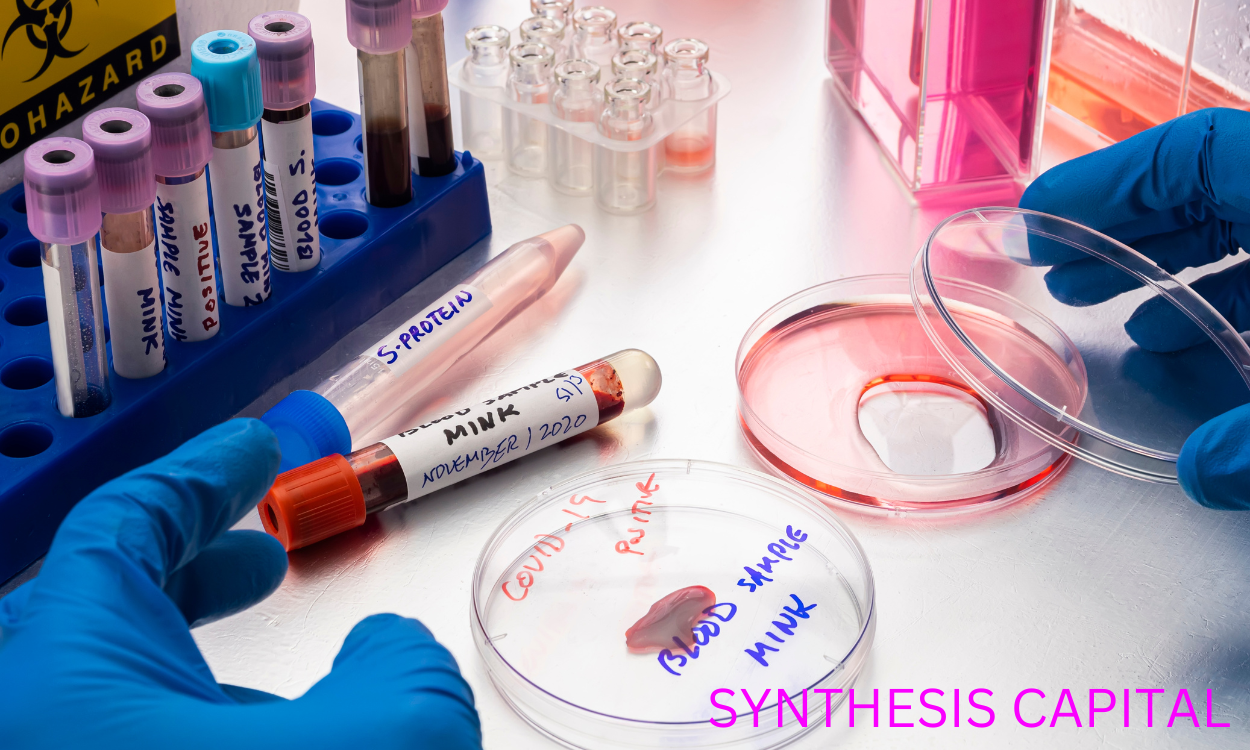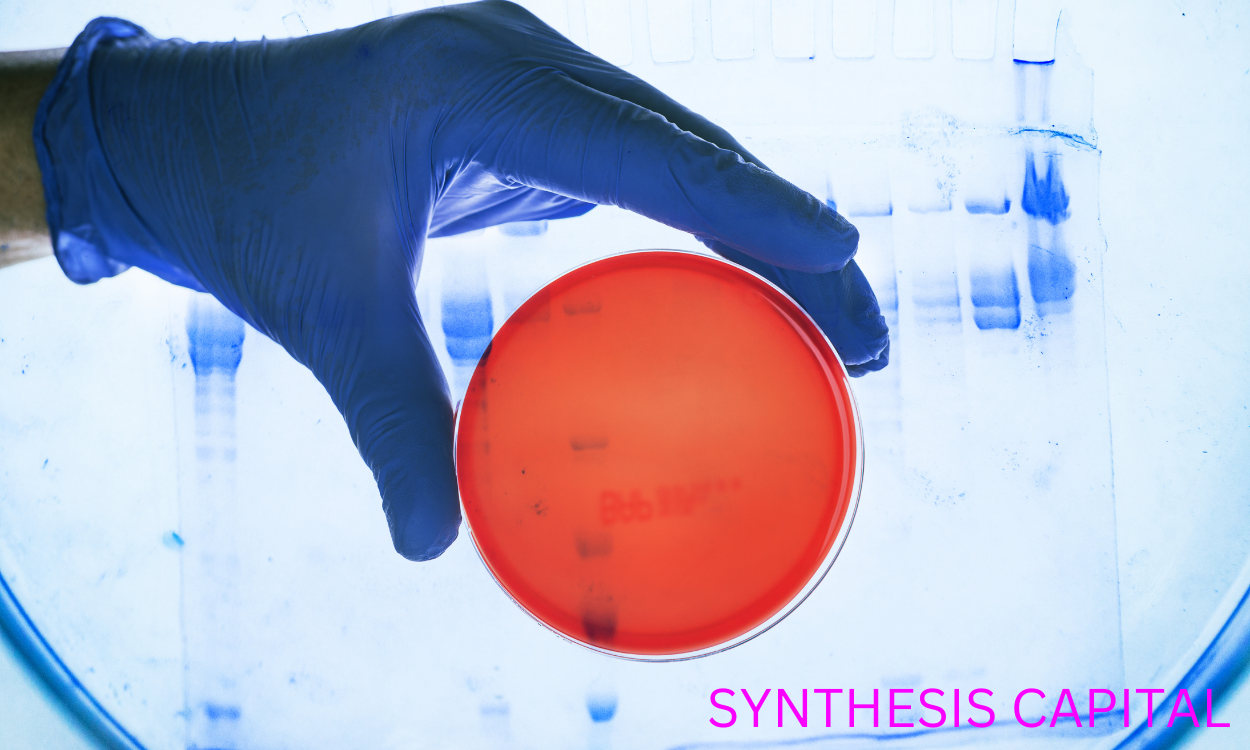Protein extraction from animal tissue is a crucial process in biochemistry and molecular biology, as proteins play a vital role in various biological functions. This procedure involves breaking down the cellular structure of the tissue to release and isolate the proteins present within. By extracting and purifying these proteins, researchers can gain valuable insights into their structure, function, and potential applications in fields such as medicine, biotechnology, and food science. Various methods and techniques are employed to efficiently extract proteins from animal tissues, each tailored to the specific characteristics of the tissue and the desired outcome of the extraction process.
Methods for Extracting Protein from Animal Tissue
Proteins can be extracted from animal tissue using various methods such as homogenization, sonication, and grinding to break down the tissue and release the proteins. Following this, centrifugation is often employed to separate the protein-containing supernatant from the solid tissue debris. Additional techniques such as precipitation with ammonium sulfate or organic solvents, chromatography, and electrophoresis can further purify the extracted proteins based on their size, charge, and other properties. Overall, a combination of physical and chemical methods are utilized to efficiently extract and isolate proteins from animal tissue for further analysis and research purposes.

How is the quality of the extracted protein determined?
The quality of the extracted protein can be determined through various methods such as SDS-PAGE (Sodium Dodecyl Sulfate Polyacrylamide Gel Electrophoresis) to analyze the molecular weight and purity of the protein, Western blotting to confirm the presence of specific target proteins, and spectrophotometry to measure the concentration of protein in the sample. Additionally, techniques like ELISA (Enzyme-Linked Immunosorbent Assay) can be used to assess the binding affinity and specificity of the protein, while functional assays help evaluate the biological activity of the protein. Overall, a combination of these analytical techniques provides a comprehensive understanding of the quality and characteristics of the extracted protein.
What factors can affect the efficiency of protein extraction from animal tissue?
Several factors can affect the efficiency of protein extraction from animal tissue, including the type of tissue being used, the method of extraction chosen, the pH and temperature of the extraction buffer, the presence of protease inhibitors to prevent protein degradation, the duration and intensity of the extraction process, and the homogenization technique employed. Additionally, the age and health of the animal, as well as any pre-treatment of the tissue such as freezing or fixation, can also impact the yield and quality of extracted proteins. Proper consideration and optimization of these factors are essential for achieving a successful protein extraction from animal tissue.
Are there any potential risks or challenges associated with protein extraction from animal tissue?
There are several potential risks and challenges associated with protein extraction from animal tissue. One of the main risks is the potential for contamination, as animal tissues can harbor harmful pathogens that may be transferred to the extracted proteins. Additionally, the process of extracting proteins from animal tissue can be time-consuming and labor-intensive, requiring specialized equipment and expertise. Furthermore, there is a risk of degradation of the extracted proteins if not handled properly, leading to inaccurate results or loss of valuable samples. Overall, careful consideration and proper precautions should be taken to mitigate these risks and challenges when extracting proteins from animal tissue.
Types of animal tissue commonly used for protein extraction
Animal tissues commonly used for protein extraction include muscle tissue, liver tissue, and blood. Muscle tissue is a popular source of proteins such as myosin and actin, while liver tissue contains enzymes and other important proteins for various biological processes. Blood is also a valuable source of proteins, including hemoglobin and immunoglobulins. These tissues are rich in proteins that can be extracted using techniques such as homogenization, centrifugation, and chromatography, making them essential for research and various applications in the fields of biology, medicine, and biotechnology.

Can extracted proteins be used in various industries and applications?
Extracted proteins can indeed be utilized across a wide range of industries and applications due to their diverse properties and functionalities. In the food industry, proteins can be used as emulsifiers, thickeners, and texturizers in products like baked goods, meats, and dairy alternatives. In the pharmaceutical industry, proteins can be employed in drug delivery systems, vaccines, and medical devices. Additionally, proteins are utilized in cosmetic formulations for their moisturizing and anti-aging properties. Moreover, proteins can also be used in agriculture as fertilizers or animal feed supplements. Overall, extracted proteins have proven to be versatile and valuable ingredients that can enhance the performance and quality of various products in different sectors.
How does the extraction process impact the overall sustainability of protein production?
The extraction process plays a crucial role in determining the overall sustainability of protein production as it directly affects resource efficiency, emissions, and waste generation. More efficient extraction methods can help reduce energy consumption and waste production, leading to a lower environmental impact. Additionally, sustainable extraction processes that utilize renewable resources or byproducts can contribute to a circular economy and decrease reliance on finite resources. By prioritizing sustainable extraction practices, the protein production industry can minimize its environmental footprint and work towards a more environmentally friendly and resilient food system.
Is there ongoing research and development in improving protein extraction techniques from animal tissue?
Yes, ongoing research and development are being conducted to improve protein extraction techniques from animal tissue. Scientists are constantly seeking more efficient and effective methods to isolate and purify proteins from various sources, including muscle, organs, and other tissues. Advances in technology, such as the use of different enzymes, solvents, and purification methods, are being explored to enhance the yield and quality of extracted proteins. Additionally, researchers are investigating novel approaches, such as high-throughput screening and automated systems, to streamline the extraction process and make it more reproducible. Overall, the field of protein extraction from animal tissue is dynamic and continues to evolve as new advancements are made.
The Process of Extracting Protein from Animal Tissue
1. Ensure proper handling and storage of animal tissue to prevent degradation of protein.

2. Use appropriate extraction buffers and enzymes to break down cell membranes and release proteins.
3. Centrifuge the homogenized tissue to separate the protein extract from cellular debris.
4. Utilize techniques such as dialysis or ultrafiltration to purify the protein extract.